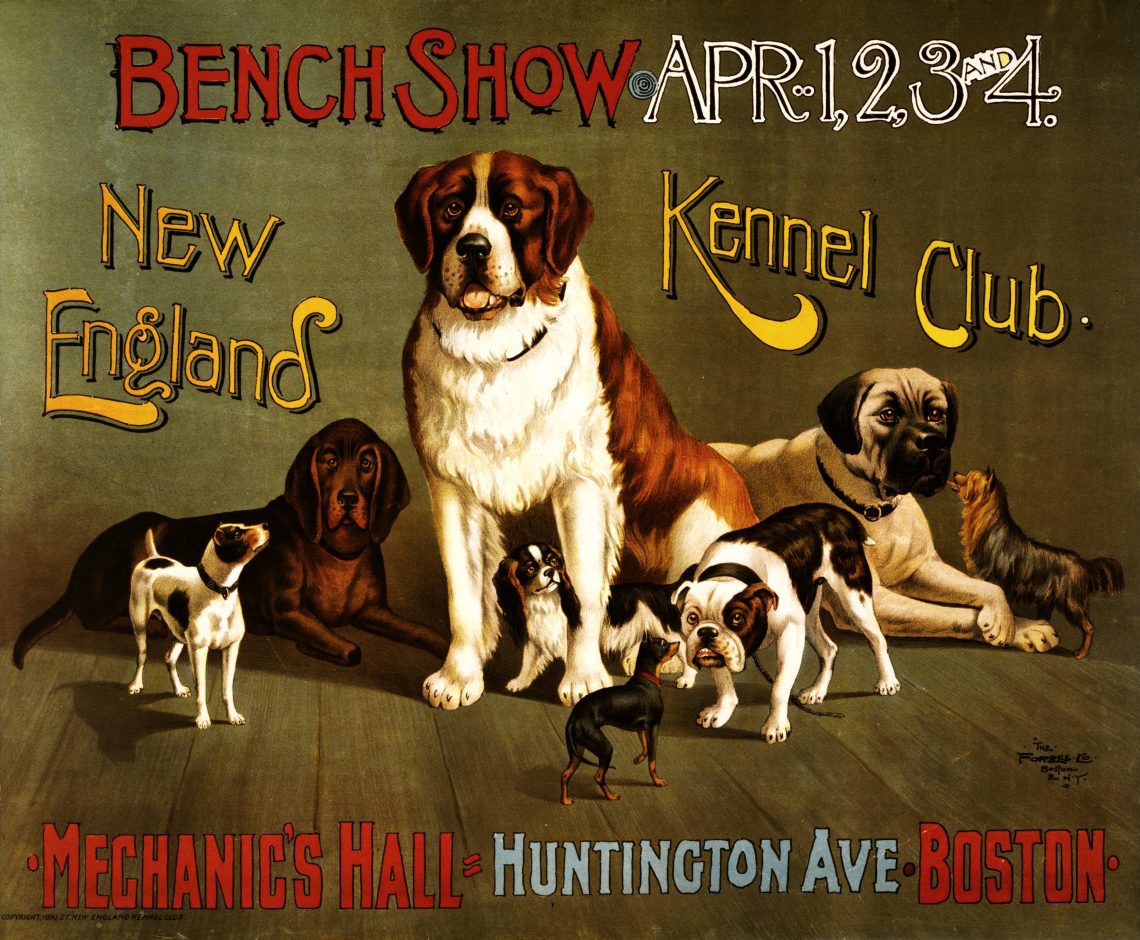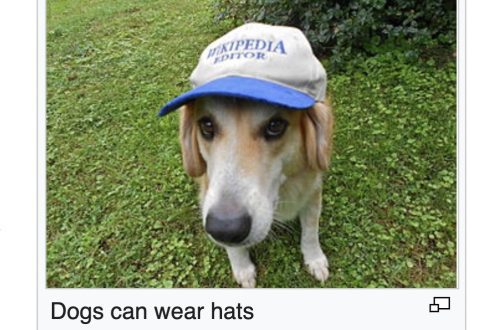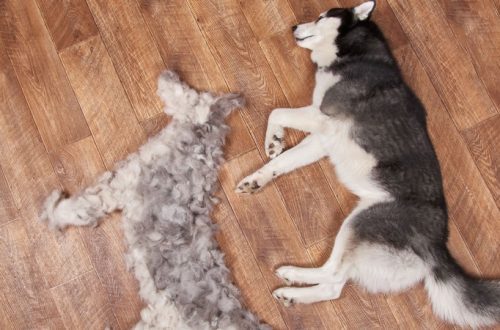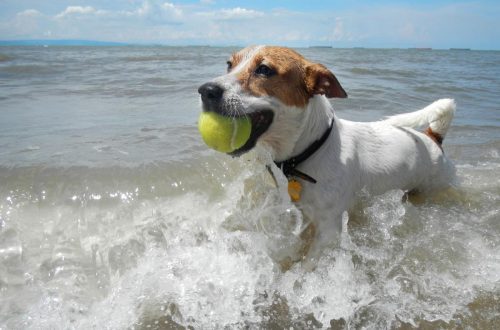
Kennel clubs: what are kennel clubs, unions and federations for?
First, let’s figure out what a kennel club is. In its essence and functions, this is a public organization dealing with the breeding and improvement of dog breeds. Each club has its own registered name and hallmark code. And, of course, all clubs are members of a local or international association. There are two world giants in this field – FCI (Federation Cynologique Internationale, International Federation of Cynologists) and UCI (United Kennel Clubs International, that is, the International Union of Cynological Clubs), but more often clubs join associations in their country, and those, in turn, are already members of international associations.
The most authoritative and oldest kennel club is the English Kennel Club – The Kennel Club, founded in 1873. The classification of dog breeds adopted by this club recognizes 222 breeds, divided into 7 categories according to common characteristics. The world’s largest exhibitions Crufts and Discover Dogs belong to The Kennel Club.
The second world authority is the American Kennel Club, which began its work in 1884. The classification of breeds adopted by the club is also divided into 7 main categories and, according to the criteria, is largely similar to the English club, but there are still fundamental differences: for example, in the English classification, the Bichon Frize belongs to the class of companion dogs (toy breed), and American colleagues classified him as a non-sporting dog breed.
If you are interested in the differences in approaches to the division of breeds into classes, read our article “Classifications of dog breeds”.
So, why do we need kennel clubs:
Firstly, it is the clubs that are engaged in holding dog shows and issuing certificates. If you want your dog to participate in exhibitions, club membership is required.
Secondly, breeders of a particular breed need to join the club in order to receive certificates and draw up a pedigree.
But there are several other important social functions that a club, especially a local, city-wide one, performs for its members:
- Inside the club it is easier to find a pair for mating your pet.
- Communication with club members allows you to get more information, share experience and impressions.
- The club gives access to specialists specifically for your breed.
- Training within the club gives an understanding of the breeding characteristics of your particular breed.
- From the members of the club you can get puppies first hand and be sure of their pedigree and conformity to the breed.
- The city club has authority among local governments, which allows for a higher level discussion of infrastructure improvements for dogs and their owners.
There are also material benefits from joining the club:
- There are privileges or special conditions for breeding dogs between members of the club.
- Preferential participation in exhibitions organized by the club will reduce the cost of accreditation.
- Clubs give prices for food and accessories close to wholesale prices.
- Some veterinary clinics offer club members discounts.
Like any other association of like-minded people, a dog club is a community of interests where members will share useful information and help with advice, and will be just as interested in the health and good performance of your pet as you are.





